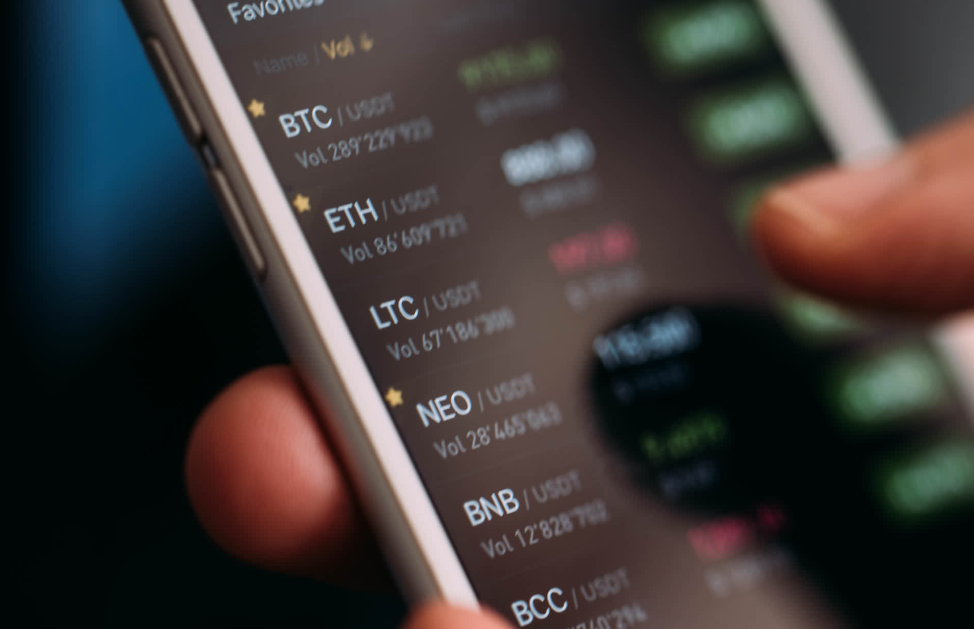Blockchain Devices Market to Reach $3.8 Billion by 2028, Driven by Increasing Demand for Security Encryption
The global blockchain devices market is expected to reach $3.8 billion by 2028, according to a report by market research firm, KBV Research. The report finds that the market is set to grow at a compound annual growth rate of 37.5% during the forecast period. The demand for blockchain technology has been attributed to the devices’ better level of security encryption.
Various types of blockchain devices are available, including smartphones, hardware wallets for cryptocurrencies, ATMs, and point-of-sale systems. The technology’s expanding application, which benefits from wireless technologies like Wi-Fi, Bluetooth, NFC, and others, is increasing the demand for blockchain devices globally.
Market Growth Factors
The market for blockchain devices is primarily driven by the expanding desire for quicker and more seamless financial transactions, rising interest in using blockchain technology for supply chain management, and expanding cryptocurrency markets.
It is anticipated that growing government regulations and initiatives regarding blockchain technology and devices, acceptance of cryptocurrencies in various industry verticals, acceptance of blockchain technology for payment, smart contracts, and digital identity, and adoption of blockchain technology are all expected to create lucrative market opportunities.
Blockchain Devices Categories
The four primary categories of blockchain devices include blockchain cellphones, crypto hardware wallets, point of sale (POS) terminals, and automated teller machines (ATMs). Both private and commercial applications employ blockchain technology. Blockchain devices come in both wired and wireless connectivity varieties.
Market Growth Factors
Increasing Visibility of Blockchain Technology’s Benefits in the BFSI Industry
The financial services sector will benefit from better accuracy and safe information sharing due to blockchain technology’s ability to create secure, tamper-proof ledgers. Blockchain technology can facilitate safer and easier information sharing amongst financial institutions by storing client data on decentralized blocks. These factors are expected to cause the market to grow throughout the projection period.
Grown Acceptance of Cryptocurrency as Payment Mode
The increasing acceptance of cryptocurrencies fosters the growth of a healthy cryptocurrency ecosystem. Numerous businesses provide bitcoin cards that resemble conventional debit and credit cards. These factors are anticipated to boost market expansion in the approaching years.
Market Restraining Factors
Challenges Regarding Security, Privacy and Control Associated with Blockchain Technology
Enterprises must solve privacy, security, and control issues to gain the benefits of blockchain. Because blockchain transactions are recorded on a distributed public ledger, hackers have a greater attack surface to obtain access to sensitive data. The poor implementation of cryptographic solutions is because privacy is a significant obstacle for these solutions, which may impede market expansion in the next years.
Component Outlook
By component, the blockchain devices market is segmented into hardware wallet, blockchain smartphones, PoS devices, crypto ATMs, blockchain IoT gateways, and other devices. In 2021, the blockchain smartphone segment recorded remarkable growth in the blockchain devices market.
Connectivity Outlook
On the basis of connectivity, the blockchain devices market is fragmented into wired and wireless. A key driver for the wired segment is the expanding market for cryptocurrency ATMs. Furthermore, wired devices include preconfigured ones like blockchain computers.
Application Outlook
Based on application, the blockchain devices market is categorized into personal and corporate. The adoption of blockchain, artificial intelligence, machine learning, and IoT across the supply chain by enterprises is driving this increase.
End-User Outlook
By end user, the blockchain devices market is bifurcated into consumer, BFSI, government, retail & e-commerce, travel & hospitality, automotive, transportation & logistics, IT & telecommunication, and others. In 2021, the BFSI segment covered a considerable revenue share in the blockchain devices market.
Source: Research and Markets





